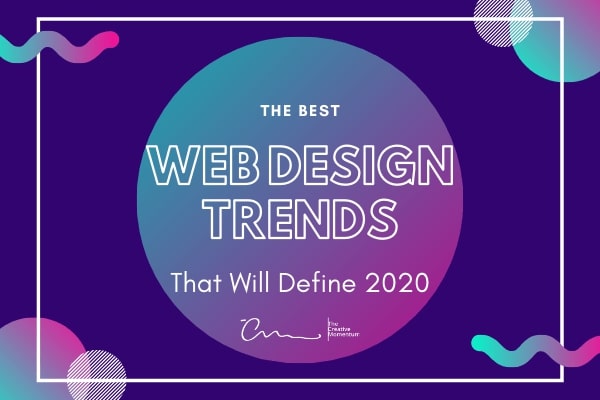Aytyapi Insights
Exploring the latest trends and updates in technology and lifestyle.
Web Design Fads: What’s Hot and What’s Not
Uncover the hottest web design fads and avoid the trends that are fading fast! Discover what’s shaping the future of digital aesthetics.
Top 10 Web Design Trends to Watch in 2023
As we step into 2023, web design trends continue to evolve, driven by technological advancements and changing user preferences. One of the most prominent trends is the use of dark mode, which not only enhances aesthetics but also improves readability and reduces eye strain. Alongside this, minimalism remains a focal point, with designers emphasizing clean lines, ample whitespace, and streamlined navigation to create a user-friendly experience. Moreover, the integration of motion design is on the rise, providing an engaging way to grab users' attention without overwhelming them.
Another key trend is the incorporation of 3D elements and immersive experiences, which can bring websites to life and make them more interactive. Voice user interface (VUI) is also gaining traction, as more users prefer voice commands over traditional typing. Additionally, as sustainability becomes a more significant concern, eco-friendly web design practices are emerging, pushing for greener hosting solutions and energy-efficient coding techniques. Keeping an eye on these trends can help businesses stay relevant and create websites that not only meet user expectations but also push the boundaries of creativity.

The Rise and Fall of Minimalism in Web Design
The concept of minimalism in web design gained significant momentum in the early 2010s as designers sought to create clean, user-friendly interfaces. The use of ample white space, simple typography, and limited color palettes helped websites load faster and provided users with a distraction-free experience. This design philosophy was inspired by the broader minimalist movement in art and architecture, promoting the idea that 'less is more.' Many successful brands, such as Apple and Google, adopted these principles, leading to a widespread acceptance of minimalism as the go-to design approach. You can read more about this trend on Smashing Magazine.
However, the fall of minimalism in web design has become increasingly apparent as user expectations evolve. As the internet becomes more saturated, brands are seeking unique ways to stand out, leading to bolder designs with vibrant colors and intricate layouts. This shift has raised questions about functionality versus aesthetics; while minimalism offers simplicity, it can sometimes compromise the depth of engagement users seek. A recent analysis on Webdesigner Depot illustrates this transition, highlighting how interactive elements and visual storytelling are redefining the web landscape.
Are Dark Mode Websites Here to Stay?
In recent years, the rise of dark mode websites has transformed the way users interact with digital content. Originally popularized by tech giants offering dark mode features in their applications, this trend has quickly permeated the web design landscape. A Wired article discusses how dark mode can reduce eye strain and enhance battery life on devices, making it a desirable choice for many users. The question remains: are dark mode websites here to stay?
With increased user demand paired with advancements in design techniques, it seems that dark mode is indeed becoming a permanent fixture in web development. According to a recent survey by Statista, over 80% of respondents indicate they enjoy using dark mode for its aesthetic appeal and potential health benefits. As more websites adopt this design, it can be argued that dark mode is not just a fleeting trend, but a fundamental shift in how content is presented online.